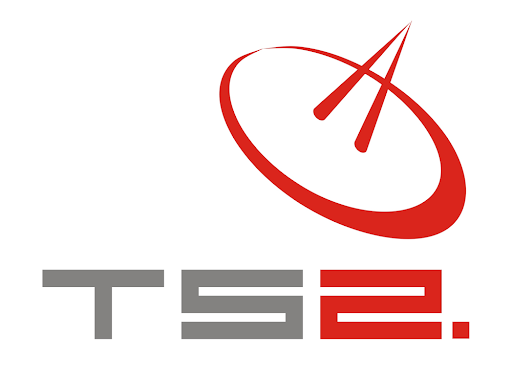Starlink’s Direct-to-Cell Service: Revolutionizing Global Connectivity

SpaceX’s Starlink is on the brink of transforming mobile communication with its Direct-to-Cell (DTC) service, aiming to provide seamless cellular connectivity across the globe. This initiative seeks to eliminate dead zones, ensuring that users can access texting, calling, and data services wherever they have a clear view of the sky.
Expanding the Starlink Constellation
As of January 2025, SpaceX has deployed nearly 7,000 low-Earth orbit (LEO) satellites, connecting over 4.6 million users across 118 countries to high-speed internet. The company continues to launch batches of more than 20 satellites weekly, many equipped with DTC capabilities.
Technical Advancements
Each DTC-equipped satellite functions as a cell tower in space, thanks to an advanced eNodeB modem. This design allows for direct integration with existing mobile networks, enabling standard LTE phones to connect without the need for additional hardware or applications. The service is expected to roll out in phases:
- Text Messaging: Starting in 2024
- Data and IoT Connectivity: Beginning in 2025
- Voice Services: Planned for future implementation
Global Partnerships and Beta Testing
SpaceX has collaborated with various telecommunications providers worldwide to enhance the DTC service. In December 2024, T-Mobile opened registration for a beta program, inviting customers to test the satellite-to-cell service aimed at eliminating dead zones across the U.S.
Similarly, in New Zealand, One NZ became the first telecom company to offer nationwide satellite texting services in partnership with Starlink. Initially supporting select Android devices, the service is expected to expand to more devices and include voice and data capabilities in the future.
Regulatory Approvals
In November 2024, the Federal Communications Commission (FCC) granted SpaceX approval to use Starlink satellites for direct-to-phone services with T-Mobile, marking a significant milestone in satellite and wireless carrier collaboration.
Challenges and Considerations
While the DTC service promises to revolutionize connectivity, it also presents challenges. Astronomers have expressed concerns about increased light pollution, as DTC satellites may be up to five times brighter than previous models, potentially impacting astronomical observations.
Looking Ahead
SpaceX’s Direct-to-Cell service represents a significant leap toward ubiquitous global connectivity. By integrating satellite technology with existing mobile networks, Starlink aims to ensure that users remain connected, regardless of their location, marking a transformative moment in the evolution of mobile communication.
For a more in-depth understanding of how Starlink’s Direct-to-Cell technology operates and common misconceptions, you might find the following video informative:
